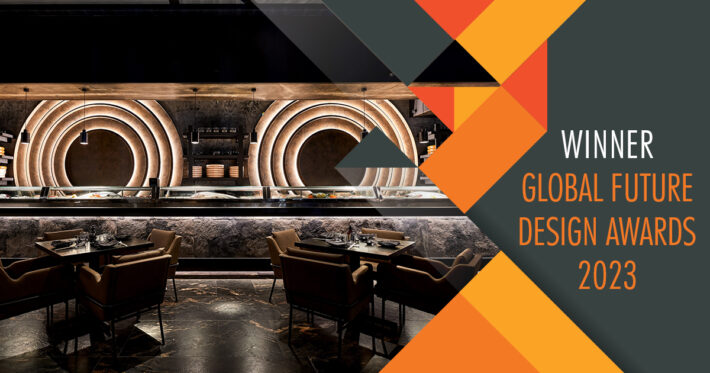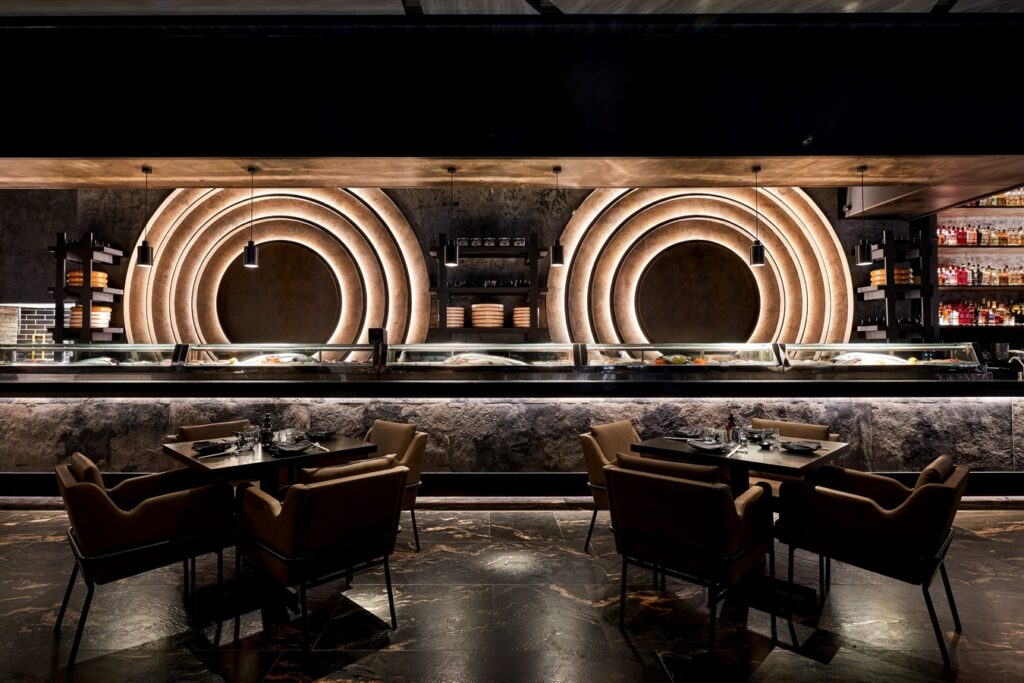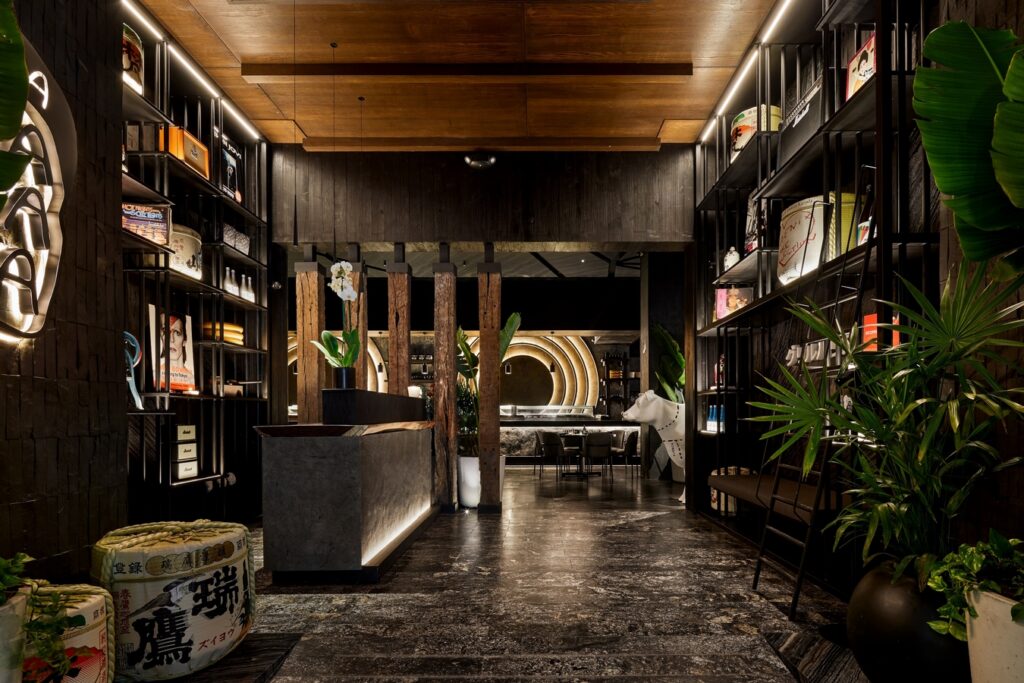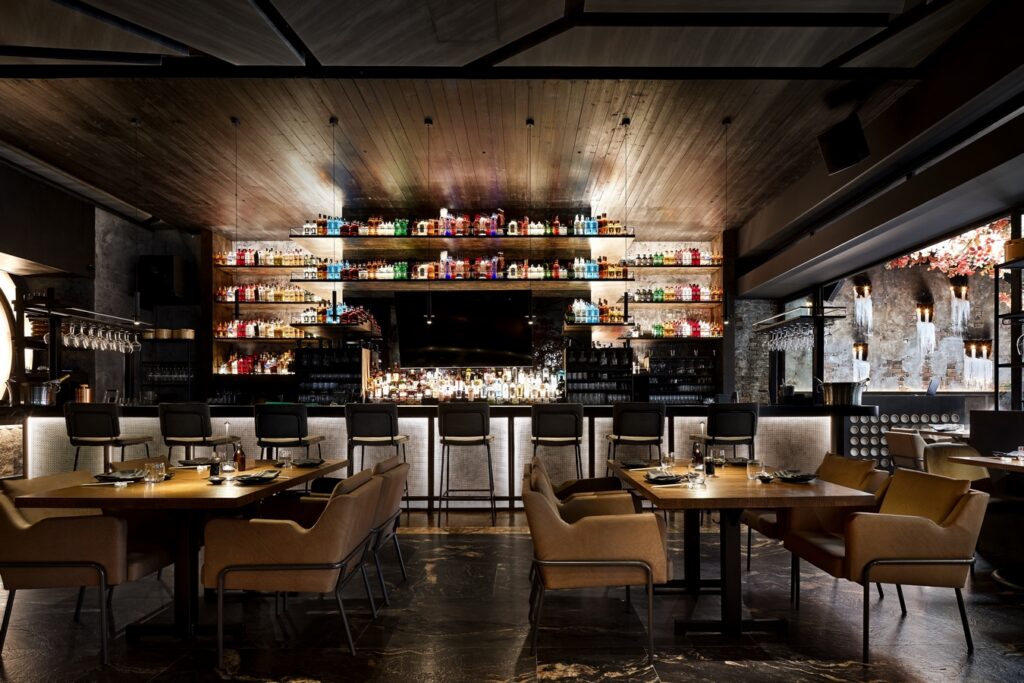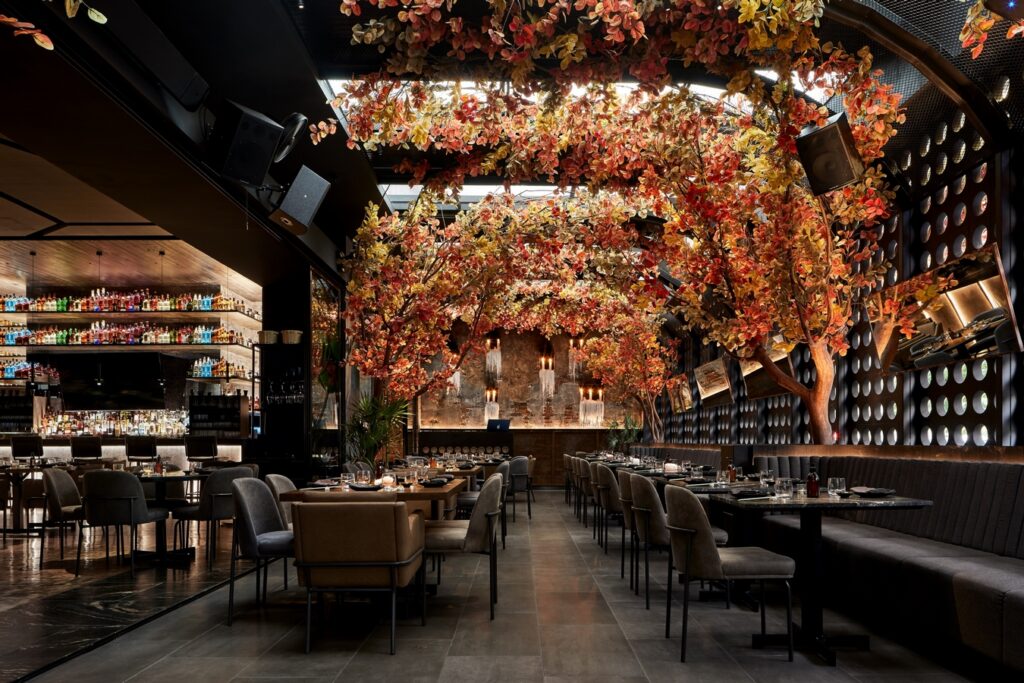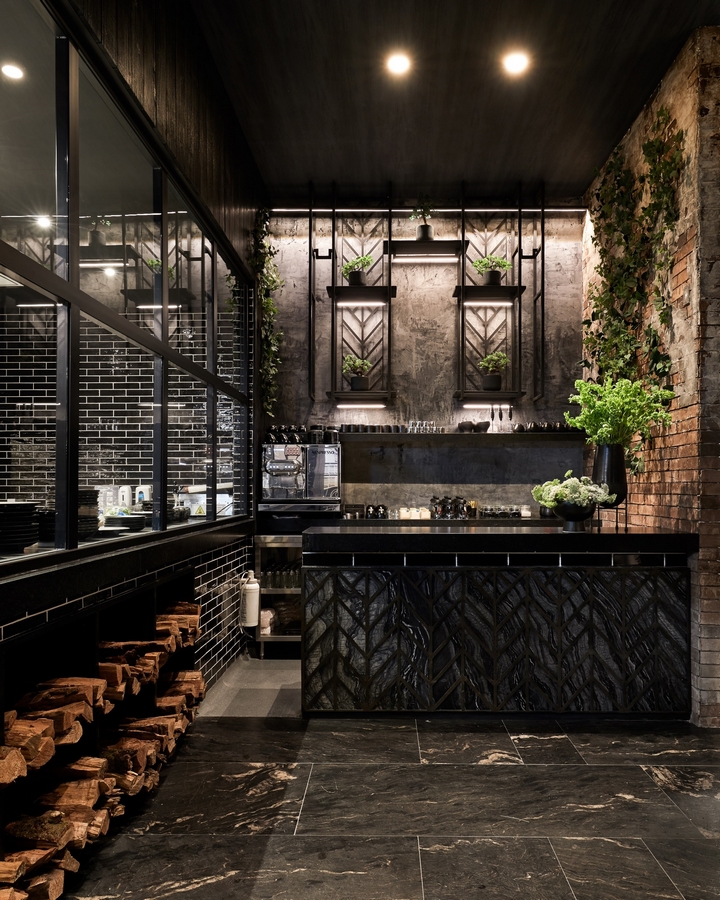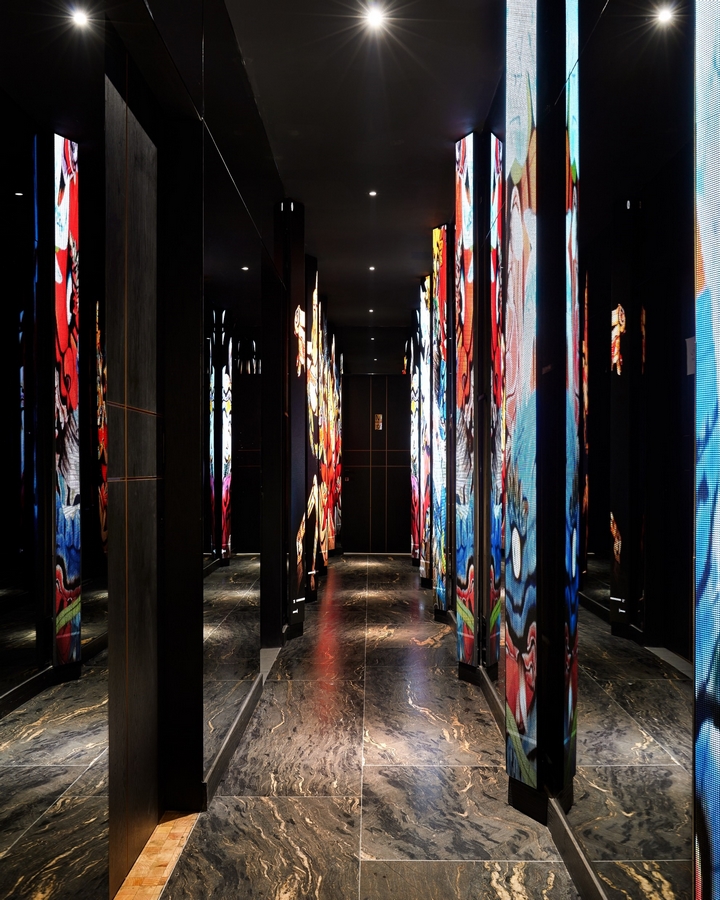Located in the most vibrant avenue of the capital: Masaryk Polanco, Mexico City; is unplanted at 8,395.85 square feet, Señora Tanaka; a restaurant in tribute and response to his father, Señor Tanaka. Señora Tanaka, a project of extroverted personality and energy, offers a unique and avant-garde design concept. It is here where gastronomy, architecture and interior design merge and harmonize; managing to represent a new generation and evolution.
Global Future Design Awards 2024: Entries Open!
Take your work to the next level. Register Now…
Gold 🏆 Winner
Global Future Design Awards 2023
Señora Tanaka
Commercial Interior (Built)
Firm
Filipao Nunes Arquitectos
Architect/Designer
Filipao Nunes
Design Team
Filipao Nunes Arquitectos
Project Location
Av. Pdte. Masaryk 169, Polanco, Polanco V Secc, Miguel Hidalgo, Mexico City, CDMX, MX CP 11560
Country
Mexico
Photographer/Copyright
©Aldo Gracia
Social Media Handles
Facebook: Not Available
YouTube: Not Available
Instagram: Not Available
Twitter: Not Available
Website URL
www.filipaonunes.com
Señora Tanaka, representative of nakki food, refers to the female figure, sophisticated and faithful representative of her Japanese heritage, pays homage to her father Señor Tanaka, without leaving behind her personality that she appropriates in her own way with a grunge air and avant-garde touch, integrating into the vibe of Masaryk, Polanco, where blend gastronomy and interior architecture. Its interior design, with a look towards the Japanese architectural tradition and an urban air, is developed on a single floor; joining the access from the exterior lobby to the interior through a mirror of water that reflects and frames the contrast between colors and textures. Cherry trees are part of its essential elements that define and unite its architecture.
In this project, the lighting design also played an important role in the design of the spaces, giving the spaces a mystical halo and spatial quality, creating a “zen” atmosphere, also integrating the use of dry trees into the design that stand out for the red color of its leaves and pieces of branches on its walls, without leaving behind the high technology of the Japanese streets, which is represented in its corridor surrounded by folding screens.


